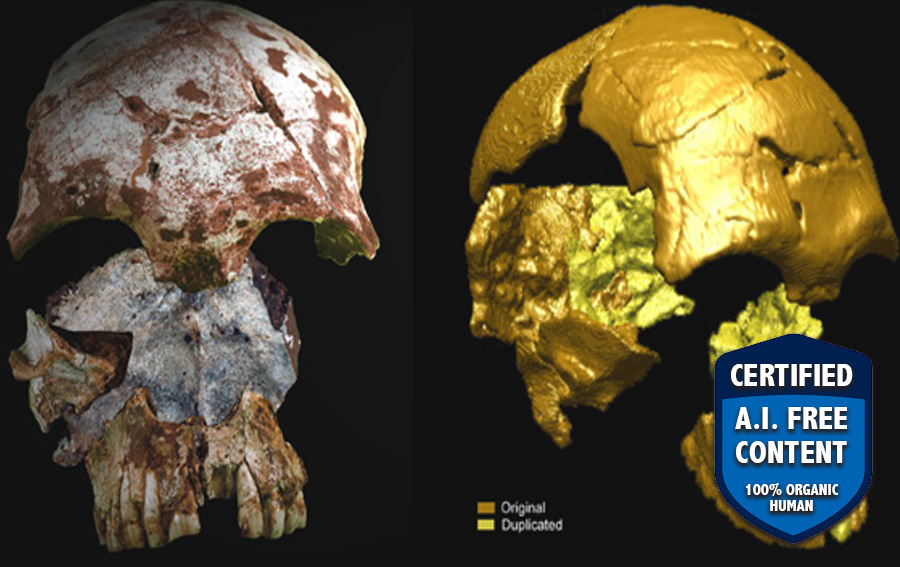
We are slowly pushing evidence dates back. Of course, the only one that matters are the bearliest dates about the levant. I do contend that filling all of eurasia took short time and even around a thousand years if they had any advantage.
We gat scraps in caves and not much else including too many humanoid species. At the same time the populatations surely had to follow herds. No one actually lived in caves when a thorn barrier was easy and a spear to hand.
Yet it just happens to be the only place we can look able to preserve forever. so we have glimses that tells us presense and not much else.
we know then that hunter gatherers were afoot 200,000 years ago and can infer the rest of the continent as well. it would not be slow.
Untouched Human Remains from 70,000 Years Ago
Posted on July 8, 2023 by AReditorialDept
Fifteen years of archaeology in the Tam Pa Ling cave in northeastern Laos has yielded a reliable chronology of early human occupation of the site, scientists report in the journal Nature Communications. Excavations through the layers of sediments and bones that gradually washed into the cave and were left untouched for tens of thousands of years reveals that humans lived in the area for at least 70,000 years – and likely even longer. (https://www.nature.com/articles/s41467-023-38715-y)
“When we first started excavating the cave, we never expected to find humans in that region,” said University of Illinois Urbana-Champaign anthropology professor Laura Shackelford, who led the research with Fabrice Demeter, a professor of anthropology at the University of Copenhagen. “But beginning that first season when we started work there, we found our first modern humans. At the time, that made them the only early modern human fossils in the region.”
While the remains of modern Homo sapiens dating back roughly 197,000 years have been recovered in Israel, genetic studies suggest the main phase of early human migration out of Africa and into Asia occurred much later – around 50,000 years ago, Shackelford said. Her team’s earliest excavations in Tam Pa Ling found bone fragments from modern human remains dating to about 40,000 years ago. But as the excavations dug deeper, the age of sediments and animal remains found alongside human bones dated back much earlier.
In 2019, the team had excavated as far as they could in the cave, reaching bedrock about 23 feet (7 meters) below the surface. The excavations yielded dozens of animal bones and many fragments of human skeletal remains. The deepest human bone recovered – a partial tibia – was resting on bedrock near the bottom of the trench. Analyses of sediments taken not far above this bone indicate the soil was deposited there between 67,000 and 90,000 years ago.
The excavation of Tam Pa Ling cave involved digging a 23-foot (7-meter) trench from the surface of the cave to bedrock while painstakingly collecting and documenting the soils, animal bones and human bones discovered there.
“The entire section of the trench goes from about 30,000 years ago to 80,000 to 100,000 years ago,” Shackelford said. “Flood season after flood season, the sediments and bones washed into the cave and were deposited. They’ve been sitting there ever since.”
No comments:
Post a Comment